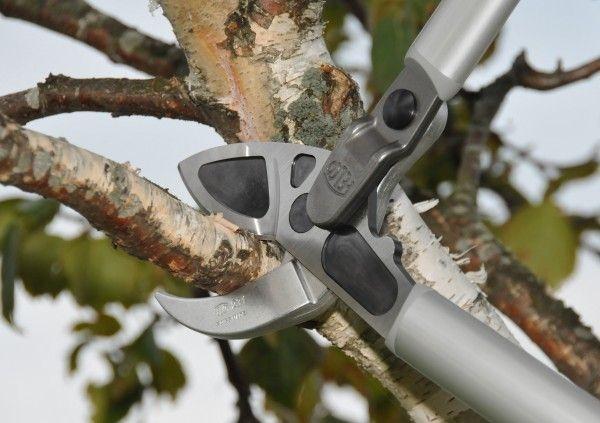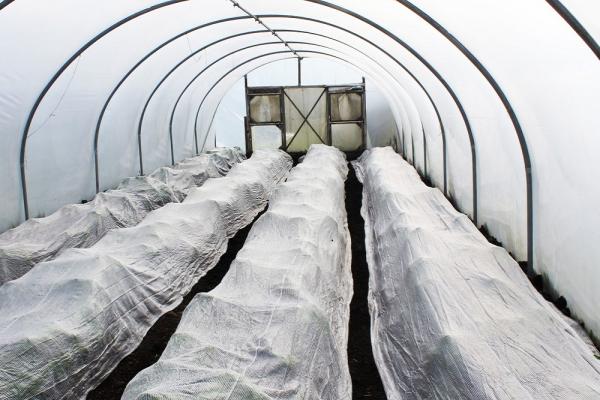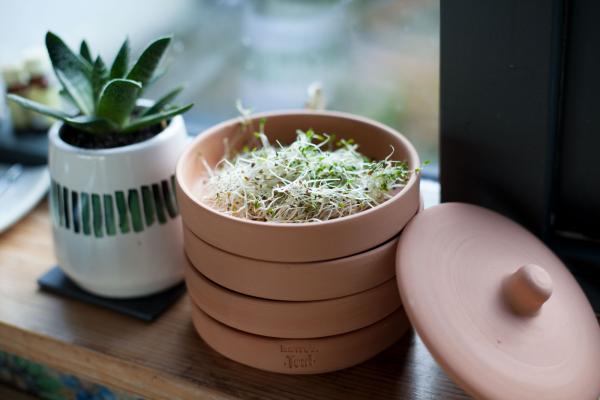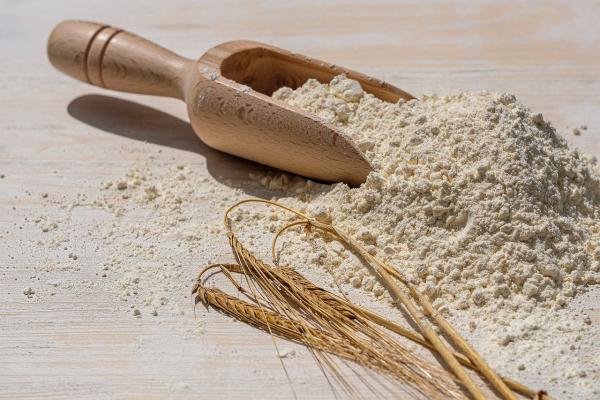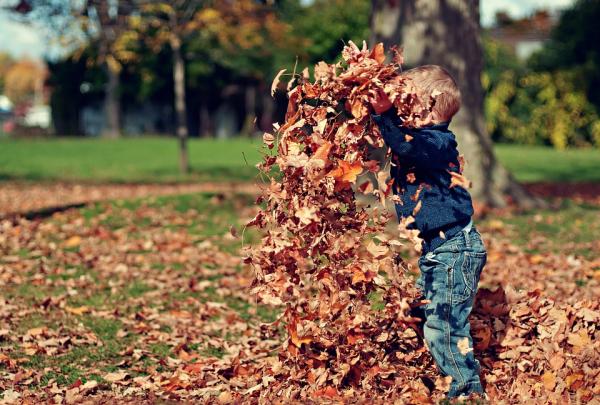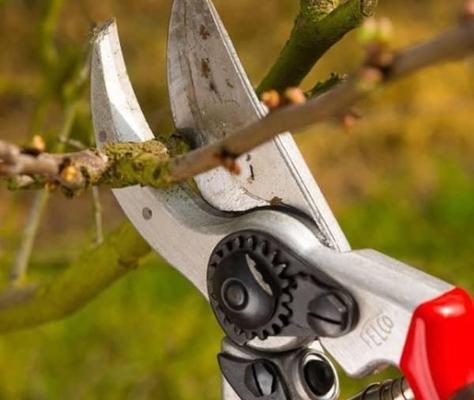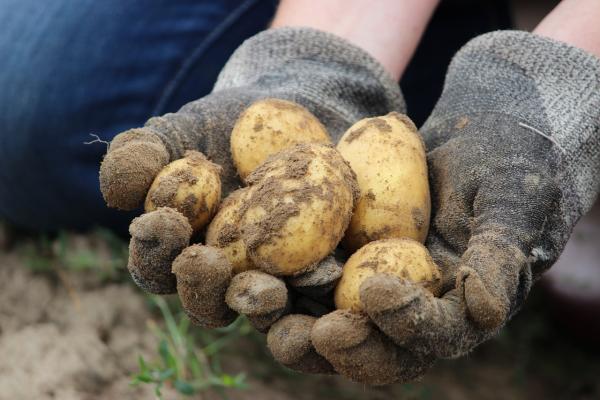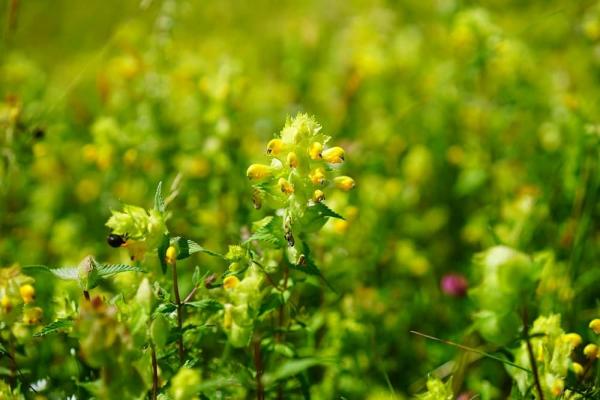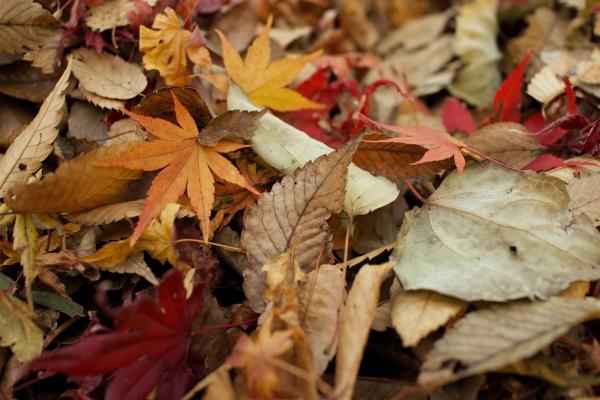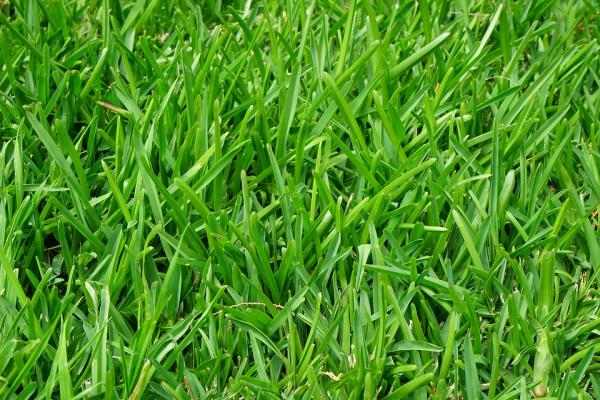We use cookies to make your experience better. To comply with the new e-Privacy directive, we need to ask for your consent to set the cookies. Learn more.
Fruit Hill Farm Blog
-
Winter Pruning
Winter is an ideal time to prune, as the lack of leaves on deciduous trees and shrubs enables you to see what you’re doing. As the trees are dormant cuts are less likely to bleed and will quickly callous over before growth begins again in Spring. Reasons for Pruning Removing dead, diseased or damaged material will help keep the plant... -
Keeping it Cosy
Keep it cosy in the garden and protect sensitive plants from Jack Frost. What is frost and how does it damage plants? Frost is a thin layer of ice that forms when water vapour changes from a gas to a solid as it is exposed to temperatures below freezing. Frost injures plants when water in the plant cells turn into... -
How to Sprout at Home
What are Sprouts? Sprouts are quite simply the tender shoots/sprouts of germinating seeds. They are one of the easiest foods you can grow indoors and take up next to no space in your kitchen. Sprouts are packed with protein, vitamins, enzymes and minerals and can provide a cheap, fresh, valuable addition to any diet. Lovely in salads, sandwiches or stir-fries... -
Mill Your Own Organic Flour
In whole-grain foods, the plant's cellular walls protect nutrients from oxidation. The process of oxidation begins to occur as soon as grain is ground, exposing the cell's contents to oxygen in the air. Within twenty-four hours of grinding wheat, forty percent of the nutrients have oxidised. Within seventy-two hours of processing (just three days), ninety percent of the nutrients have... -
Using Leafmould as a Soil Conditioner
A cat hiding in a pile of leaves. Leafmould is made from decaying leaves. It is an excellent soil conditioner, adding organic matter and micro-organisms to the garden. Leaf mould is quite low in nutrients, which makes it suitable for seed germination as the seedlings develop a strong root system, which will help them remain healthy when threatened with pests... -
Pruning Soft Fruit Bushes
Pruning helps maintain the balance between wood and fruit as it causes dormant buds in the old wood to produce growth that will become the next fruiting wood. Getting rid of old unproductive branches is vital for disease control and to improve air circulation. It also makes fruit picking easier! Keep all blades oiled, sharp and clean. Strong alcohol, such as... -
Harvesting & Storing Maincrop Potatoes
Potatoes are one of those staples that can keep us fed all year round Ireland. Maincrop potatoes are used for stashing away and eating through Winter and Spring when little else is available in the garden. These potatoes generally produce thicker skins and have longer dormancy periods which inhibits them from sprouting too soon. However, to keep your maincrop potatoes... -
Yellow Rattle
Yellow rattle (Rhinanthus minor) has beautiful gold flowers and is a valuable wildflower, but it is also famous for its ability to reduce the vigour of grass. The plant operates as a partial parasite on grasses, it will lock its roots onto the roots of grasses, once contact is made the yellow rattle draws water and nutrients from them, suppressing... -
5 things to do in Autumn to Prepare your Garden for Winter and Spring
1. Clean Up There’s more to a tidy up in the garden than just making it look neat and tidy – old plants can harbour diseases and pests so it’s wise to remove and dispose of any spent or rotting plants from your plot. You can also bury any disease & pest free finished plants into the ground which will... -
Rye Bother?
The terms ‘Rye’ and ‘Ryegrass’ can be confusing. They both refer to plants which belong to the grasses (Poaceae family) and their uses overlap. However, they are not the same species. Rye (Secale cereale) is a cereal grain closely related to wheat and barley. It is grown for grain that produces deep flavourful breads but also as a forage and...

